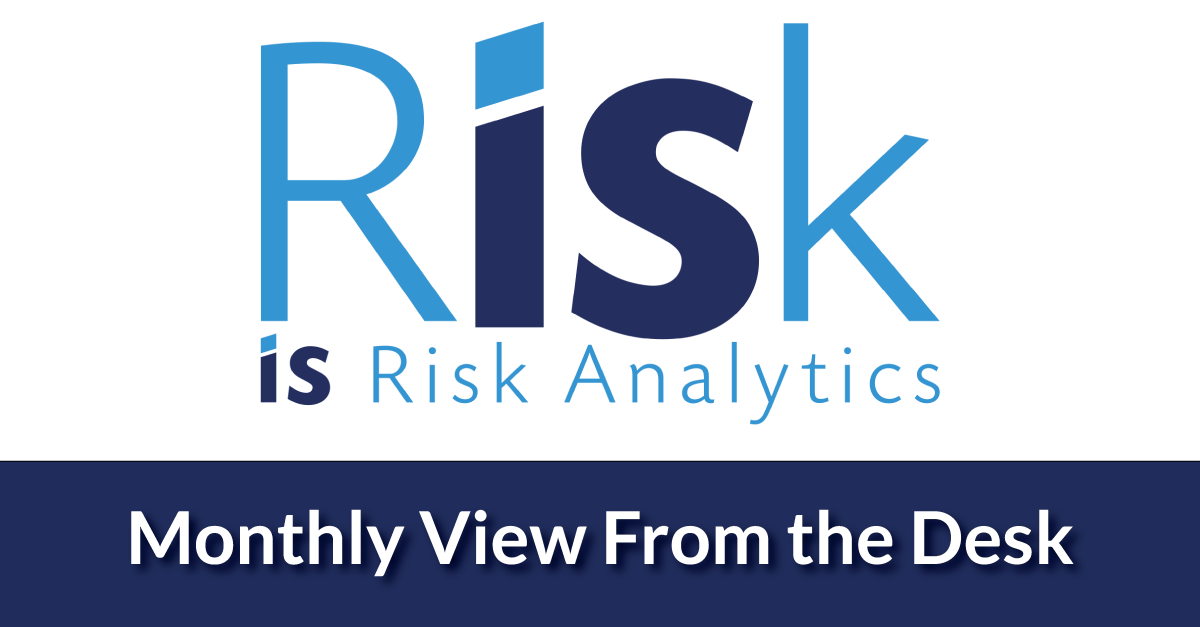IS Risk Analytics' View From the Desk - March 2020

Volume totals in March matched the strong numbers from February, though daily figures trailed off late in the month. Daily profit figures also softened in the second half of the month, but monthly totals exceeded February as volatility in a broad range of markets brought strong early month results. After the turbulent market movements in February and March, volatility will likely continue while markets try to discover their true bottom.


*Average Daily Volume represents the daily volume from ISRA customers for each day of the month divided by the average daily volume for the month. Each day is represented as a percent of the average.

** Average Daily B Book PnL represents the daily B Book PnL from ISRA customers for each day of the month divided by the average daily B Book PnL for the month. Each day is represented as a percent of the average.
Source: IS Risk Analytics Database. Past Performance is not necessarily indicative of future results
ASIA
As the country first hit by the coronavirus, China is also the first country to begin to emerge from its impact. The number of local transmission cases has reached near zero levels, and the Chinese economy appears to have performed slightly better in March than it did in February. Even with the improving data, some projections show the country will face a near zero growth rate in 2020.
EUROPE
European banks also acted in response to the impact of the virus on the economy. The Bank of England announced two cuts that resulted in a near zero base rate interest rate. The ECB opted not to cut rates but did announce measures to support bank lending and an expansion of its asset purchase program. There is some data showing that the spread of the virus may be stabilizing in Europe, particularly in Italy, the country hardest hit by the virus at this point.
AMERICAS
The US government took a number of steps to address the expected economic fallout from the coronavirus. The Federal Reserve cut benchmark interest rates to near zero and announced additional quantitative easing measures. In addition, the US Congress passed a roughly $2 trillion bill designed to speed relief across the economy. The legislation includes cash payments to individuals, extended unemployment benefits, grants and loans to businesses, and funds for public health.


